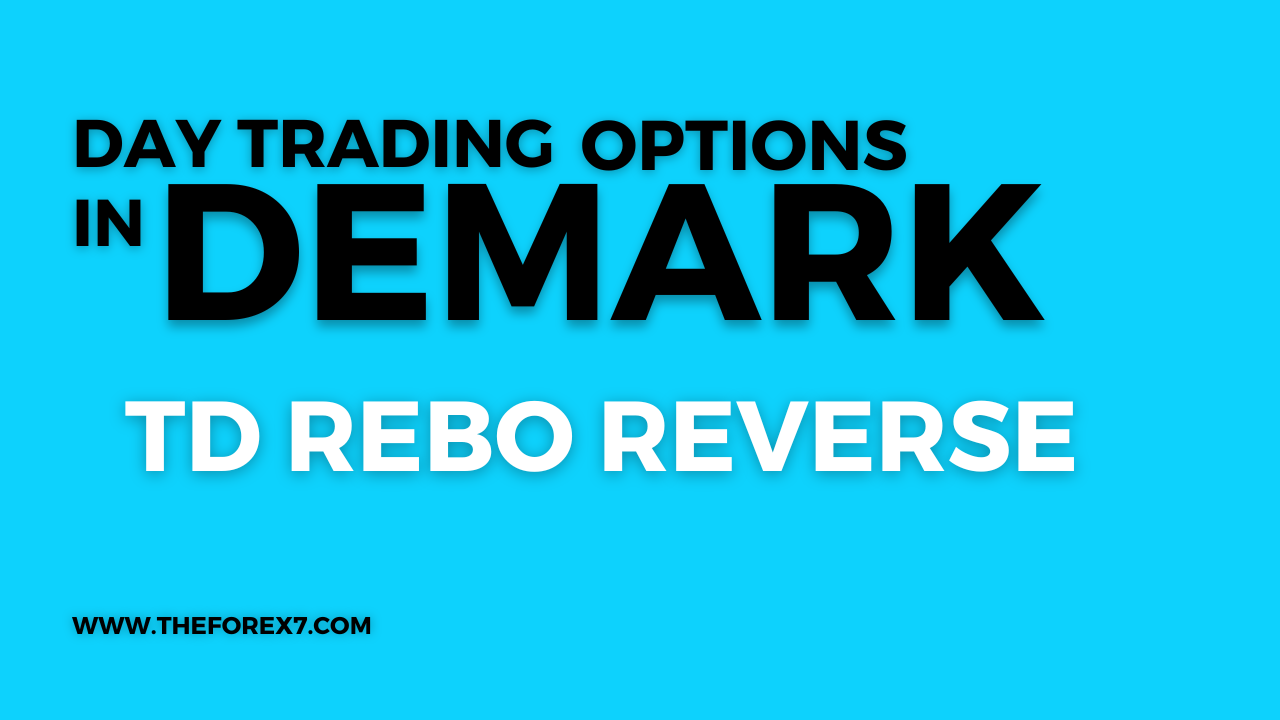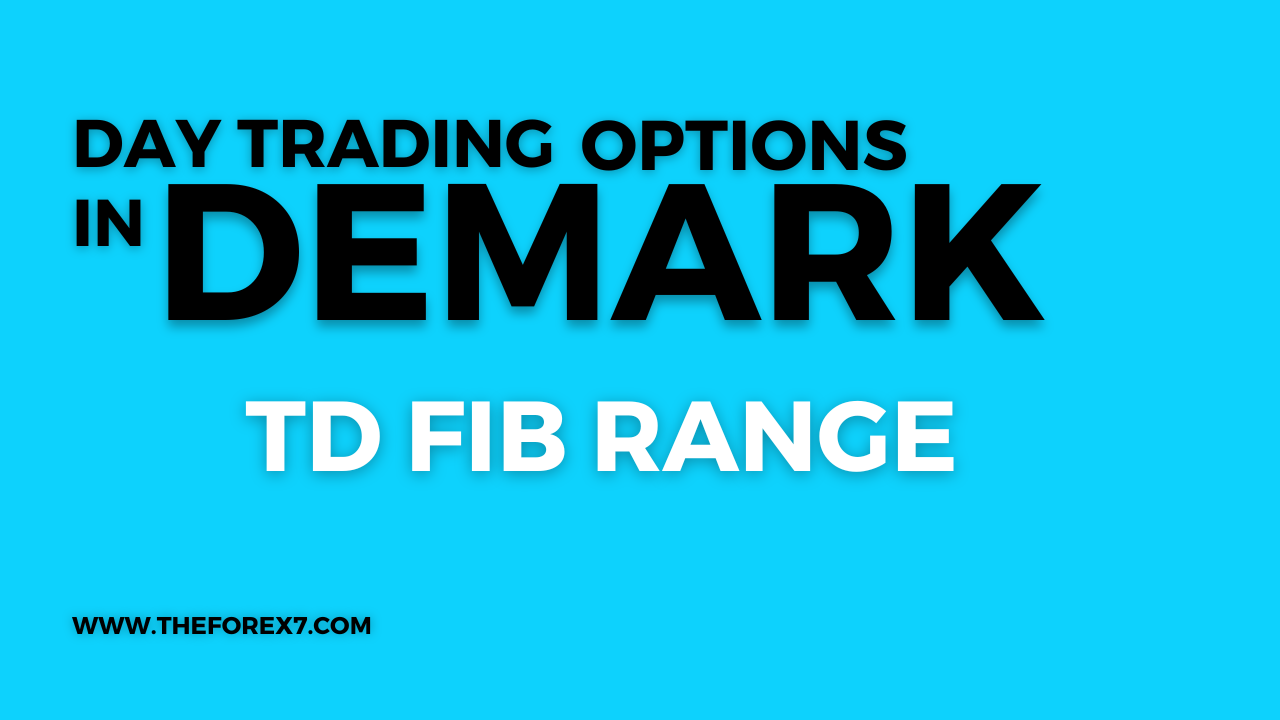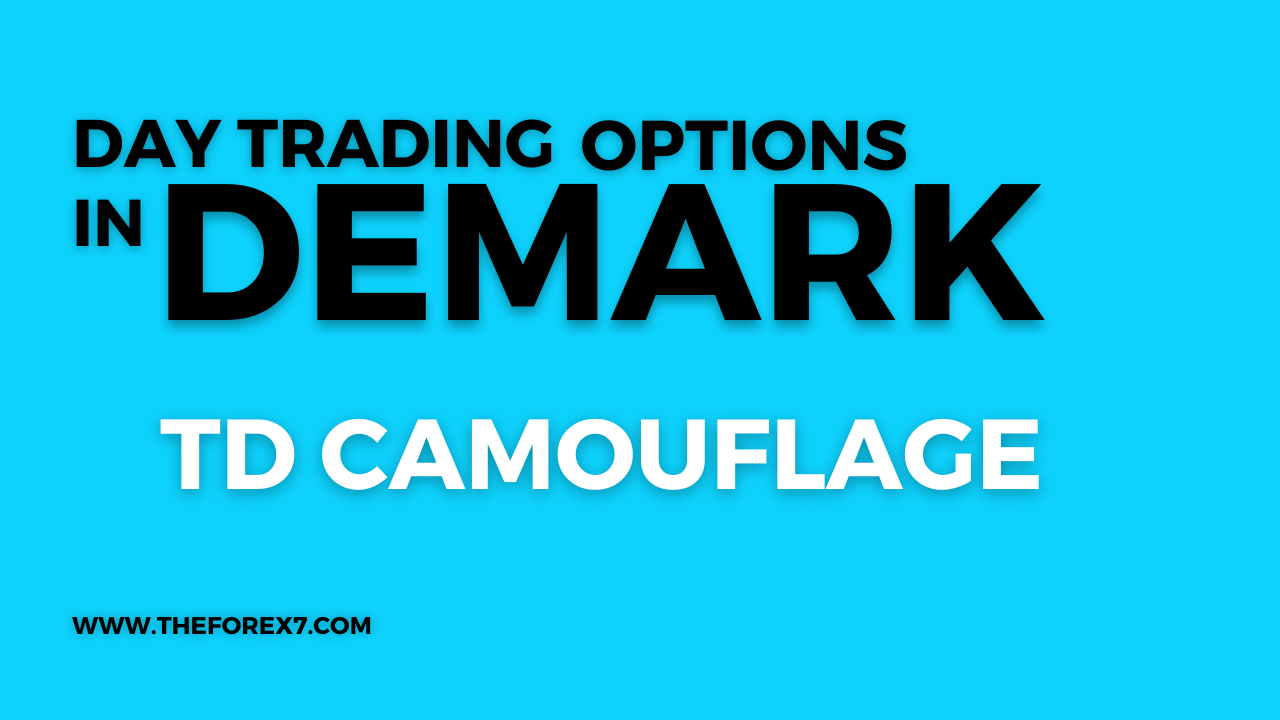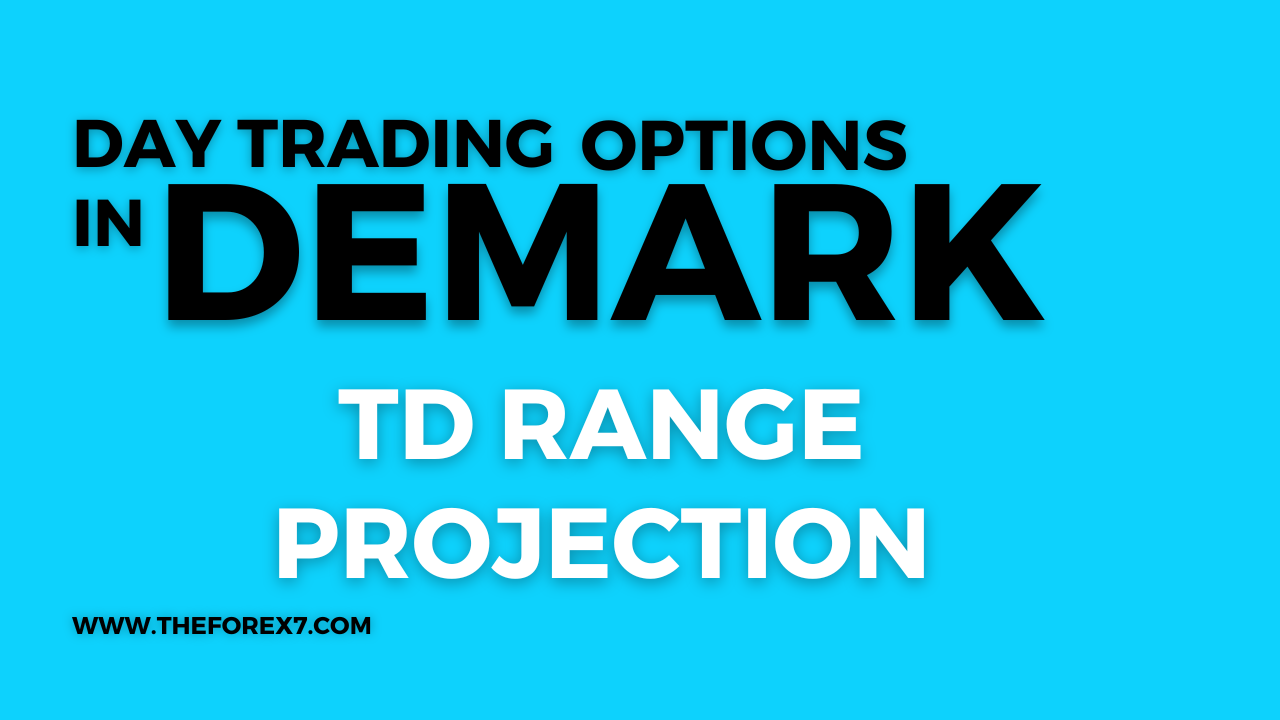TD REBO Reverse
Range Expansion BreakOut, Commodity Trading Advisors, Trend following, Market Momentum
Course: [ Demark on Day Trading Options : Chapter 9: Moving Forward In Reverse ]

In order to facilitate the research we conducted in this area, we created a market timing template which we referred to as TD REBO to represent Range Expansion BreakOut.
TD REBO REVERSE
Many trend-following traders enter the
market based upon market momentum. We are no strangers to this market-timing
approach, having developed numerous breakout and range expansion techniques
during the 1970s to capitalize upon the inflationary trends existing in the
markets and the economy during that period. In order to facilitate the research
we conducted in this area, we created a market timing template which we
referred to as TD REBO to represent Range Expansion BreakOut. By having such a
structure at our disposal, we were able to research and apply numerous
variations of momentum-based indicators. At the time we worked with this
indicator format, most traders focused their attention upon very basic
analytical approaches, such as moving averages and trendline analysis, to
anticipate price trends. However, over the years, traders have become
increasingly aware of this momentum-trading approach to market timing and we
would venture a reasonable guess that currently well over 50 percent of all
Commodity Trading Advisors (CTAs) use a similar approach to managing their
portfolios.
Just to reinforce our initial
observations that by adding a percentage of a specified price value—previous
trading bar’s price range or series of price bars’ price ranges—to the current
opening price level is effective, we invite you to examine how often the
current price bar’s open is within a short distance from the current price
bar’s high or low. In other words, it is not uncommon to witness the opening
price occur within 10- to 20% of the current trading day’s high or low. The
dilemma is determining what the current bar’s price range is in advance. In
order to accomplish that prediction, a trader can use the previous bar’s price
range as a proxy or an average of a series of price bars as a substitute. This
process enables a trader to forecast a reasonable price range and then
calculate a percentage of that range to establish possible low-risk buy or sell
entry levels. This is one context in which to apply TD REBO as a trend
follower. Another is to use the technique to anticipate possible reversal or
trend exhaustion levels.
Without exception, those who apply
techniques similar to TD REBO are trend followers, which was our original
intention in creating TD REBO. However, we

Figure 9.5.
The December 1998 British Pound exhausted its downside momentum at the TD Exit
One low-risk entry level. At that level, a trader was presented not only with a
low-risk trading possibility, but also a more profitable opportunity had the
trader held the trade even longer.
found that, in the case of anticipating
trend reversals, TD REBO can perform effectively as well. The features of its
construction enable an option buyer to take advantage of an anticipated change
in direction of the underlying security. In those instances in which an opening
price exceeds a series of consecutive closing price levels, either upside or
downside, and, consequently, the accompanying entry price level is exaggerated
above a series of consecutive daily price range extremes, rare opportunities
arise for a short-term trader to operate against the trend, rather than to
anticipate its likely continuation.
Statistical information we compiled a
number of years ago indicated that markets operated within a trading range 76
to 82 percent of the time. Of the other 18 to 24 percent, markets trended
higher 12 to 16 percent of the time and trended lower 6 to 8 percent of the
time. The reason market moves last longer to the upside than to the downside
has to do with the psychology of traders. Buying is a cumulative
process—traders like a market, so as the market rallies, their margin (and
profits) allows them to add to their positions and purchase more, and news
reinforces their decisions; whereas selling is generally a single-minded decision—traders
don’t like the market, so they liquidate everything.
During periods of sideways market
movement, a trend-following trader is always vigilant, awaiting a price
breakout in which to participate. A consolidation phase requires one form of
trading, while the breakout and subsequent trending phases require another. To
differentiate between the valid and the invalid breakouts, we created TD REBO.
We measured the typical or average thrust of the market 'over various time
periods to determine a level which, when added to or subtracted from a
subsequent trading day’s open, would qualify as a breakout. This exercise
included multiplying the previous price bar’s true range by either 38.2 or 61.8
percent (or any other percentage with a reliable history of effectiveness) and
then either adding this value to or subtracting it from the current price bar’s
opening to establish a low-risk entry. This exercise reduced the possibility of
false breakouts and indicated market momentum. As you can imagine, a trending
market is a perfect environment for TD REBO. On the other hand, within a
trading range market, oscillators, such as TD REI and qualifier TD POQ, which
produce overbought and oversold readings and low-risk entry levels, are
tradable indicators. Although TD REBO may not be suited for these trading-range
markets, TD REBO hybrid TD REBO Reverse is effective in these environments and
is also a valid indicator for option trading as well.
In order to apply TD REBO Reverse, we
are looking for extreme conditions where the market activity can be labeled as
oversold or overbought based upon the relative opening price level and entry
price level versus a prior series of closes, a prior series of highs, and a
prior series of lows, depending whether the anticipated move is up or down. The
type of oversold or overbought condition required to initiate TD REBO Reverse
is not defined by the position of an oscillator and its relationship to price
activity. Rather, the type of oversold or overbought condition required to initiate
TD REBO Reverse is determined by the relative relationship between a price
period’s open and entry price versus the prior three price periods’ highs,
lows, and closes. For example, in the case of a low-risk buy (call-buying)
entry, if the current price bar’s open is above the previous three price bars’
closes and the entry price is above the prior three price bars’ highs, then
buying at a price level which is calculated by multiplying the greater of the
two previous price bars’ true ranges by a percentage—such as 61.8 or 38.2
percent—and adding that value to the current price bar’s open would be too
aggressive. Instead of buying the presumed breakout, as a trend follower might
do, this would present a selling (put- buying) opportunity. In other words, if
the current bar opens greater than the close of each of the three prior price
bars, and the entry price is greater than the high of each of the three prior
price bars, then one would fade the perceived REBO upside breakout. Conversely,
for a low-risk sell (put-buying) entry, if the current price bar’s open is
below the previous three price bars’ closes and the entry price is below the
prior three price bars’ lows, then selling (buying a put) at a price level
which is calculated by multiplying the greater of the two previous price bars’
true ranges by a percentage—such as 61.8 or 38.2 percent—and subtracting that
value from the current price bar’s open would be too aggressive. Instead of
selling, or buying a put, upon the presumed breakout, as a trend follower might
do, this would present a buying (call-buying) opportunity. In other words, if
the current bar opens less than the close of each of the three prior price
bars, and the entry price is less than the low of each of the three prior price
bars, then one would fade the perceived REBO downside breakout.
Rather than add to or subtract from the
current trading day’s open, we originally used the previous trading day’s close
and used 161.8 percent as our multiplier instead of 38.2 and 61.8 percent.
Figure 9.1 (Coffee March 1999) identifies the three instances in which the
market exceeded the 161.8 percent TD REBO Reverse price levels and in each case
they coincided with price exhaustion. We were satisfied with these and similar
results but TD Fib Range better accomplished the goal of identifying potential
trend reversals. Consequently, with TD REBO Reverse, we rely upon the opening
price level as a reference and 161.8 percent as our multiplier. It is designed
to identify those instances when the market has been strained intraday and is
about to react.
Certainly, other qualifiers can be
introduced as well to insure ideal disqualified entries and low-risk reversal
candidates for option trading have been formed. We will highlight one. Due to
the fact that TD REBO Reverse may not speak until the end of the trading day,
we have developed a technique which gives us, as option day traders, the
benefit of a full day’s trading. Specifically, it requires that once the preceding
prerequisites for TD REBO Reverse are fulfilled and price closes above the TD
REBO Reverse level upside or closes below TD REBO Reverse level downside, the
trader should await the next trading day’s open. If the following day’s opening
is below the close on the price bar of the TD REBO Reverse upside exhaustion
breakout, then a low-risk selling (put-buying) opportunity exists for that
trading day; and, conversely, if the following day’s opening is above the close
of the TD REBO Reverse downside exhaustion breakout, then a low-risk buying
(call-buying) opportunity exists for that trading day. In this example, nothing
could be better for option day traders because they are able to initiate
trading positions from the opening price level, provided it confirms the
indication forecast the previous trading day. In other words, if the market is able
to exceed the required percentage of the previous price bar’s true price range
or the previous series of price bars’ true price range, then the market is
vulnerable to a reversal in price, given all the prerequisites described
previously, provided the next price bar’s opening price level confirms.
Another version of TD REBO Reverse
respects unfilled price gaps and improves the results further. There is a
distinction between price gaps and price laps. Price gaps occur when the low of
the current price bar is greater than the high of the previous price bar or the
high of the current price bar is less than the previous price bar’s low; while
price laps occur when the low of the current price bar is above the prior price
bar’s close but less than the prior price bar’s high, or the high of the
current price bar is below the prior price bar’s close but greater than the
prior price bar’s low. If the ingredients are there for a price reaction,
particularly after a price gap, then we suggest awaiting the next trading day’s
opening price level to determine whether the open has broken out in the correct
direction, and then purchasing options. This also allows a trader to take
advantage of a full trading day.
Figure 9.6 is a daily IBM bar chart. This chart of
IBM identifies the raw version of TD REBO Reverse without additional
qualifiers. The price bars are marked on those days in which the high or low
exceeded the TD REBO Reverse level. Had a trader awaited the next trading day’s
open to buy an option in order to insure that price would follow through, all
the trades would have produced profits. By using the exhaustion TD REBO Reverse
without this additional qualifier, other indicators would be required to
confirm the trades.
In Fig. 9.7,
the chart of March Cocoa 1999 identifies those days in which TD REBO Reverse
indications were given and they were followed the succeeding day by an open in
the direction of the reversal of trend. Options purchases could have been
postponed until the next trading day’s open and held the balance of the trading
day for a series of profitable day trades.
TD REBO Reverse is most decidedly
antitrend and often occurs at the completion of a short-term move when the
trend typically exhausts itself. Other qualifiers can be introduced for option
trading but the beauty of this indicator is its simplicity. Once again, if one
is day trading options, then it is more prudent to enter the option market as
early as possible in the trading day.

Figure 9.6.
This TD REBO Reverse example of IBM stresses the enhanced opportunity for day
trading success if a trader is willing to postpone entry until the day following
the indicator breakout level, provided the open of that trading day confirms
the price reversal.

Figure 9.7.
This chart of March 1999 Cocoa emphasizes the importance of deferring entry
until the price bar succeeding the TD REBO Reverse indication on the chart. This
enables a day trader to potentially participate in the entire trading day.
Demark on Day Trading Options : Chapter 9: Moving Forward In Reverse : Tag: Option Trading : Range Expansion BreakOut, Commodity Trading Advisors, Trend following, Market Momentum - TD REBO Reverse



